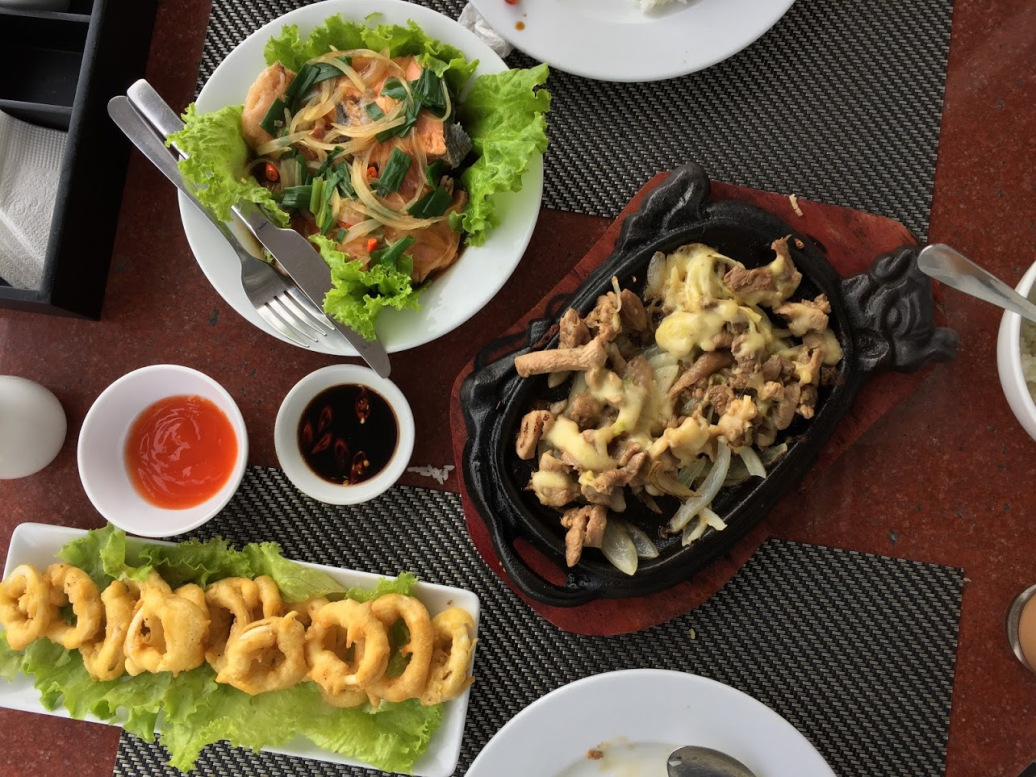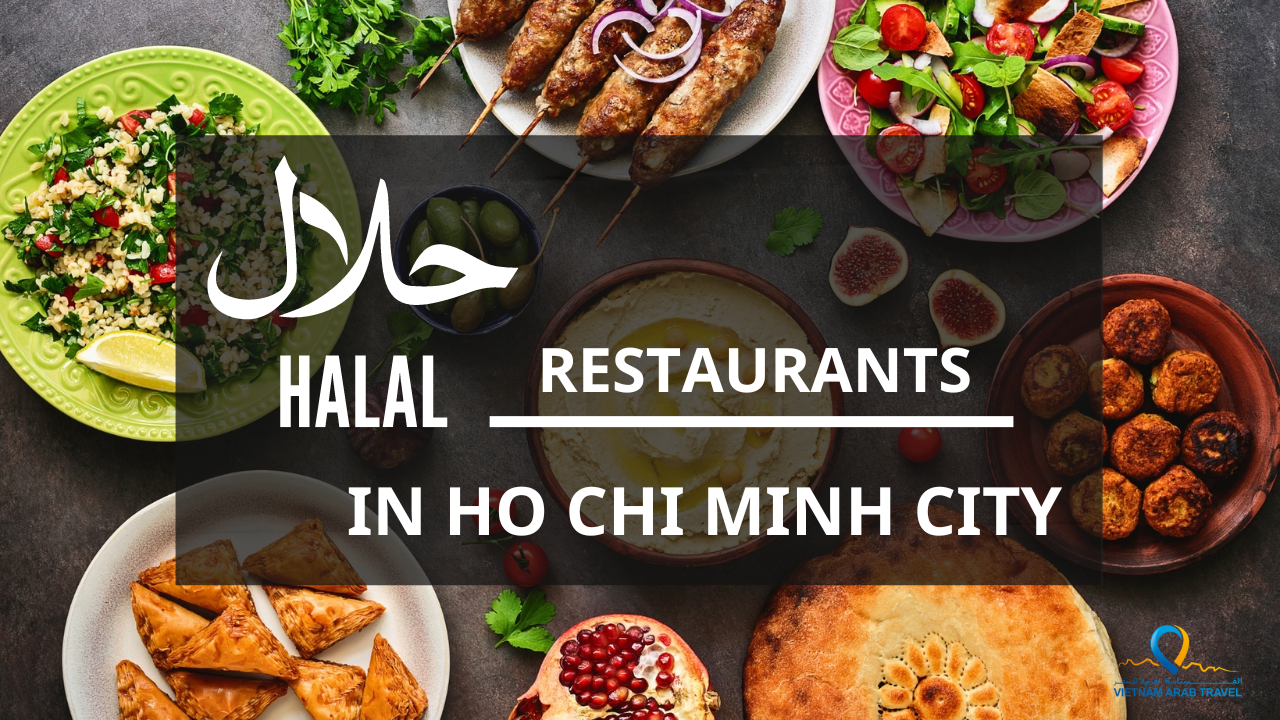The 10 Top Notch Traditional Palestinian Foods
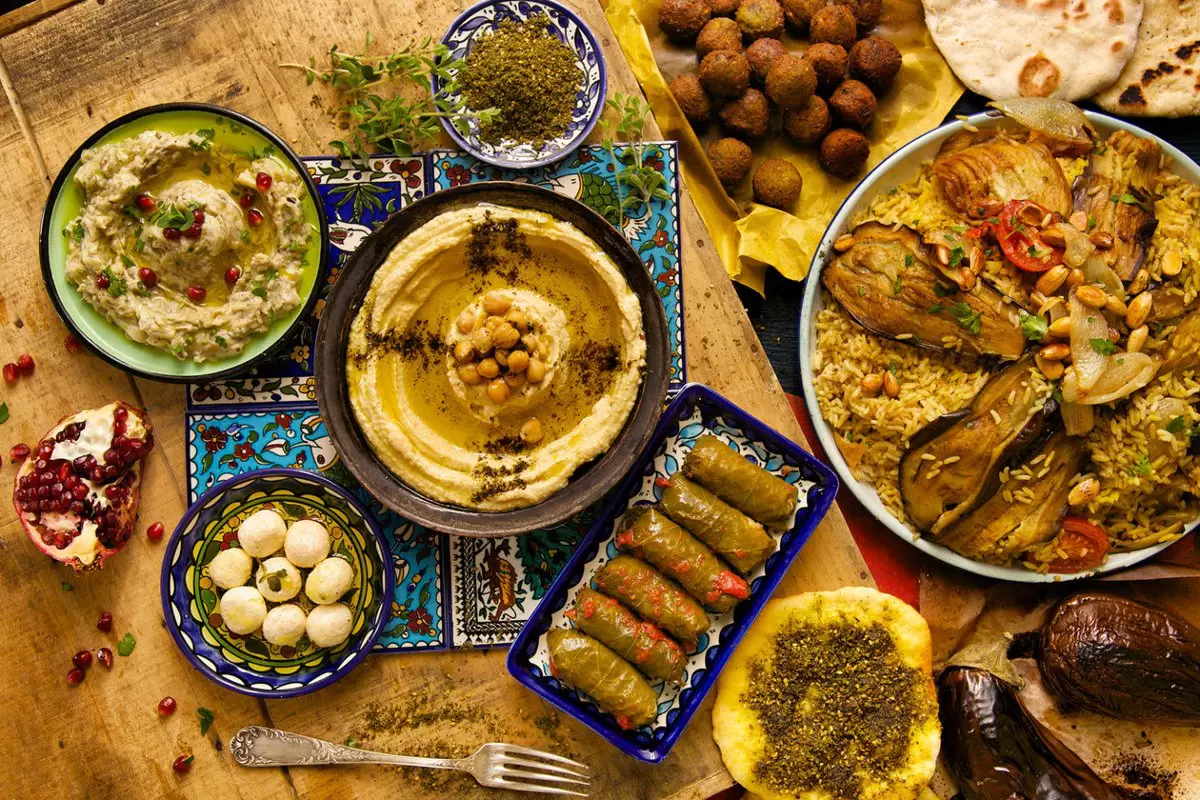
Food is crucial to our sense of identity. It is very difficult to present one’s own identity and culture with an exclusion of the way any given group eats and cooks. Palestinians proudly showcase their cuisine, which is an important part of their cultural heritage and an enduring tool to perpetuate their identity and protect it against obliteration in the face of modernity.
And from that point onwards, Palestinians tirelessly went about compiling a very comprehensive range of Palestinian cookery and cuisine books, all of it done steadfastly over the past decade and more, to serve the very crucial need of asserting identity.
What is amply clear for people interested in Palestinian cuisine is that it’s so exquisitely diverse and contains best-in-class ingredients that suit people from all socio-economic backgrounds. Needless to say, this particular feature allows Palestinian delicacies to occupy a preeminent place on the map of world cuisine.
Palestinian cuisine typically includes an outstanding array of vibrant and flavorsome dishes, sharing some culinary traits with Middle Eastern and East Mediterranean regions.
However, there are slight differences on how food is prepared within Palestine itself, differences that vary from city to village, from cost to mainland, and even from south to north. Within coastal cities, you will discover a region famous for its freshwater fish and citrus. The West Bank is well-known for heavier dishes with meat and olive oil, while the cuisine in Gaza strip and other coastal cities is rich in sea food and spices.
In spite of these slight differences within Palestinian cuisine, the traditional and fundamental bases of Palestinian cooking remain the same: olive oil, olives, beans, legumes, yogurt, seasonal vegetables, and premium quality meat and fish.
1. Mussakhan
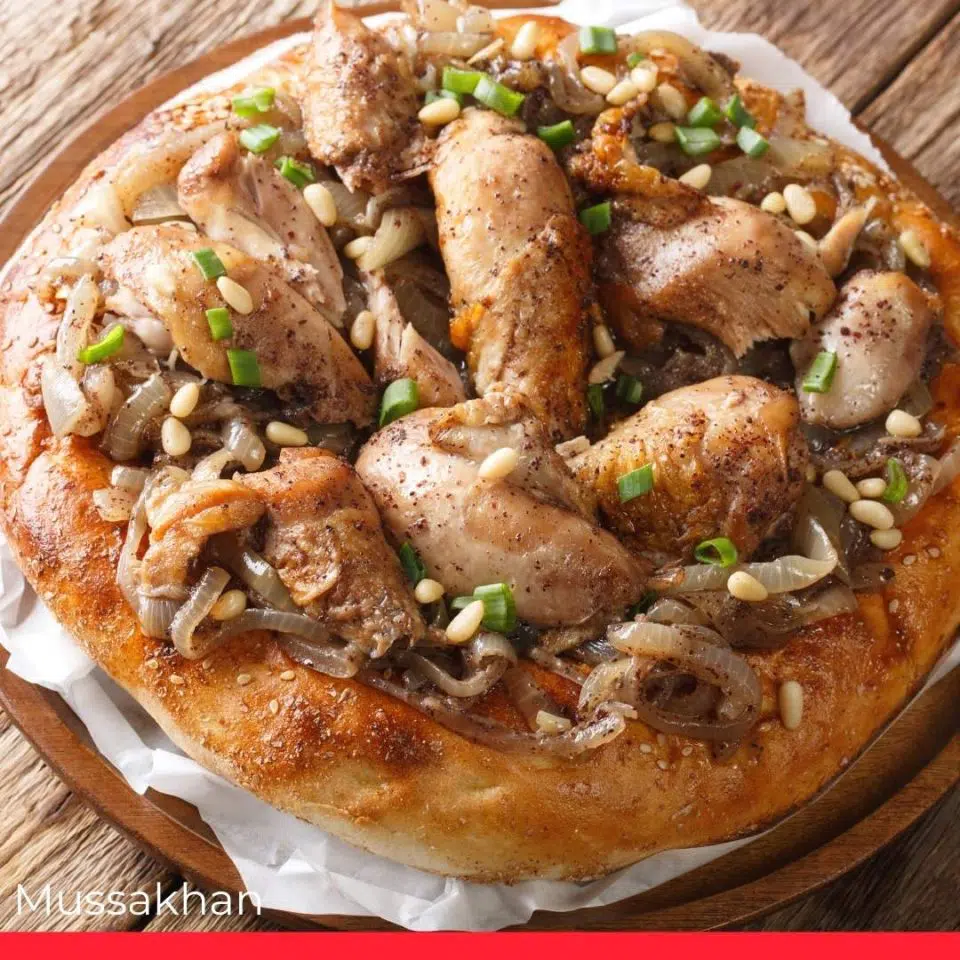
Mussakhan, one of the most culture-oriented dishes, is a super dish in terms of ingredients and flavor. The basic element of this dish is the olive oil. Olive trees are a distinctive feature of the Palestinian cultural landscape. Thus, making it a symbol of their Sumud (steadfastness).
Since olive oil is the main source of food in Palestine, it’s wildly used in many recipes, chiefly in mussakhan. Traditionally it’s made by roasting a chicken, and requires a huge amount of onion heavily dripping with olive oil.
Summac is the star of the whole show. It turns the dish into a work of art, so to speak. For this dish, you need lemony summac (organic summac), which can be recognized by its reddish-purple color. Summac is cooked with the sweet onion, and then placed on the traditional Palestinian bread (taboon), which soaks up some of the juices from the chicken.
The final plating would be fancy, including roasted nuts and drops of olive oil drops.
2. Maqloubeh

Maqloubeh, (Arabic: مقلوبة) is the first national Palestinian dish. It gets its unique shape from being upside down! Maqloubeh is not about nutrition, though it’s certainly that; it revolves around culture, occasion, and nostalgia.
Many Palestinian refugees inside and outside Palestine are terribly nostalgic for the unique ambiance and feel that maqloubeh provides. Thus, one can witness the fervent feelings that occupy any Palestinian individual as they turn up the maqloubeh pot, turning it upside down. Hence, Palestinian families gather over maqloubeh once a week, particularly on Friday (the Holy day in Islam).
The unique position of maqloubeh in Palestinian cuisine is also due to the way it’s prepared and the affordable ingredients. The basic ingredients include rice, chicken, and fried vegetables (mainly cauliflower and eggplant).
Maqloubeh varies from house to house and have differing versions, but the basics are still there. Some people prefer to add extra fried vegetables such as potatoes or carrots, and other ingredients such as hummos. The final preparation of maqloubeh is layering the ingredients, starting with the fried vegetables and roasted chicken, and then applying the flavorful rice.
3. Sumaghiyyeh

Sumaghiyyeh: it’s an indigenous Palestinian dish from Gaza. It has passed down from one generation to another. It gets its name from the summac, the magical and basic ingredient of summaghiyyeh.
This dish is only served occasionally. It is mainly served at weddings (on henna night), holidays such as Eid al-Fitr, which comes after Ramadan, the holiest month in Islam. The dish can be served with green onions, green pepper, pickles, and olive oil.
4. Maftoul
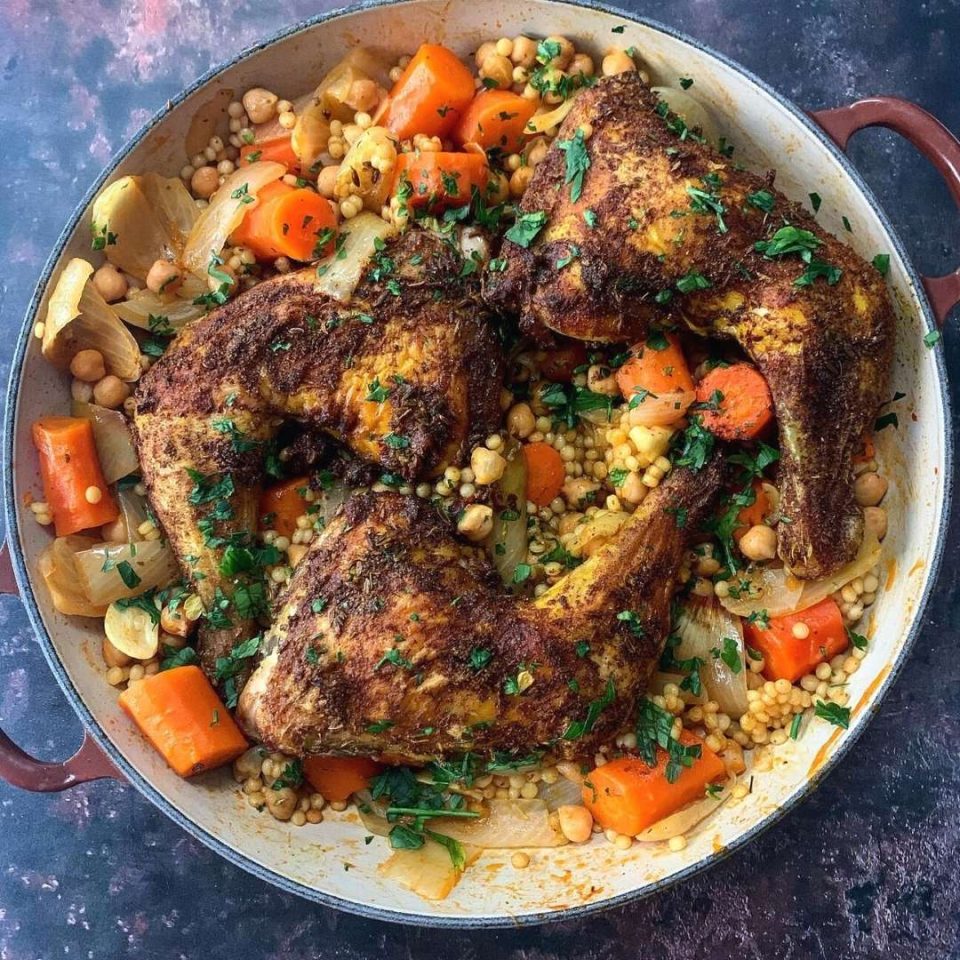
Maftoul is a traditional dish of couscous. However, the Palestinian couscous is slightly bigger and darker than Moroccan couscous.
What is very good about maftoul is that you don’t have to abide by certain ingredients. There are thus different versions depending on the types of the vegetables you have in your fridge. The only basic element of maftoul is the couscous.
A typical Palestinian maftoul basically includes the couscous, which should be steamed and seasoned with dry dill and green paper. For the soup, the following can be used: pumpkin, onion, hummus, and tomatoes. And, obviously, all of the aforementioned ingredients should be soaked in the chicken soup.
5. Qedreh

Qedreh is an indigenous Palestinian dish hailing mainly from Hebron, a Palestinian city in the southern West Bank. What really makes this dish exclusive for the people of Hebron is its authenticity; they fervently stick to the ingredients and to the way qedreh is cooked.
The typical Khalili qudreh revolves around few ingredients: rice, ghee, which usually comes from sheep’s milk, turmeric for a lovely golden-colored rice, salt, and finally the meat. Qedreh is cooked only in a traditional copper pot designed specifically for it, the reason being is that copper gives even, accurate cooking due to its excellent conductivity, which is up to 20 times greater than that of stainless steel.
The only way to cook qedreh is to use a traditional oven made of fireproof brick, concrete, stone, or clay.
6. Traditional Palestinian Breakfast

The typical traditional breakfast in Palestine depends mainly on fresh ingredients. You may be surprised by some of these dishes because, although you will have heard of a few of them, there are really some interesting dishes that you will not find elsewhere.
Palestinian breakfast is not only about falafel, za’tar, and humus; there are many other fresh dishes that enrich the breakfast table. But keep in mind that if you want to make an authentic Palestinian breakfast, you have to use a bunch of olive oil.
There is not typical Palestinian breakfast without tea with middle eastern tea bags and the typical Palestinian dried sage, or shay bil maramiya; a little sugar is added as desired. Another breakfast dish is qalayet bandoura: mashed tomatoes cooked down with green paper, onion and garlic. What makes this dish preferable in the morning is its intense tomato flavor.
7. Mfarrakeh

Mfarrakeh, mba’tarah, or battat wa beyd (eggs and potatoes) is a simple dish. All you need to do is fry up some cubed potatoes and then scramble it with eggs. Just two simple, affordable and rich ingredients with only two seasonings – salt and black paper.
8. Foul and Falafel

Both of these dishes are intertwined. One cannot be served without the other. Falafel has become an international dish because many Western countries, especially in Europe and the US, now have a Middle Eastern population. Its popularity proves that falafel satisfies the taste of many.
9. Mana’eesh

Many dishes revolve around this magical herb. Basically, it’s a mix of thyme with sesame seeds, lemony sumac, and a bunch of other seasonings.
You usually mix za’tar with olive oil and dip bread into it. But can also have it as mana’eesh. Mana’eesh can be a breakfast all by itself as shown in the picture.
10. Fatayer

Fteer, spinach fatayer, or motabaq is an iconic savory pie in Palestinian cuisine, It’s considered the perfect packed lunch snack. You can make a bunch of them and save them in the fridge. The basic ingredients are spinach, lemony sumac, and onion, and some versions include ground meat. These are all mixed up to make a filling for the very thin puff pastry.
There is no fixed shape for fteer. But once shaped, it is brushed with butter or olive oil and some sesame seeds prior to baking. Fteer can be served with chili paste and other appetizers such as yogurt.
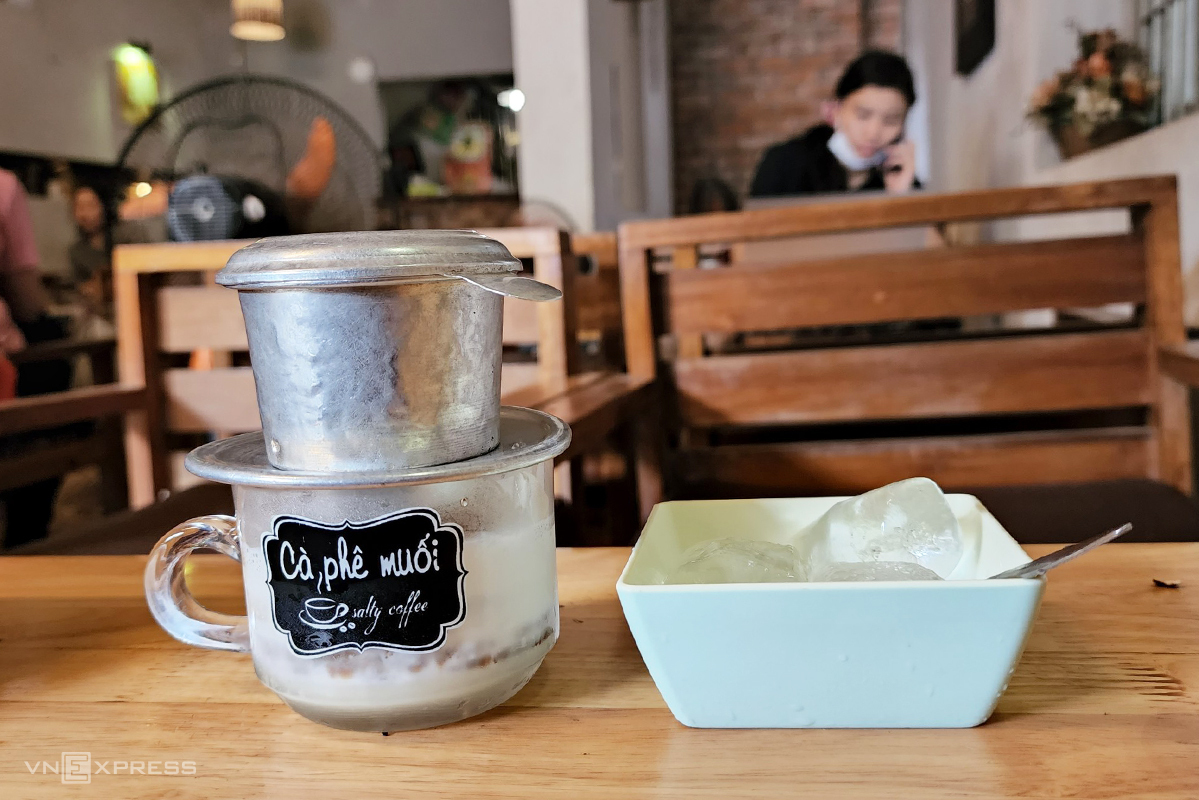
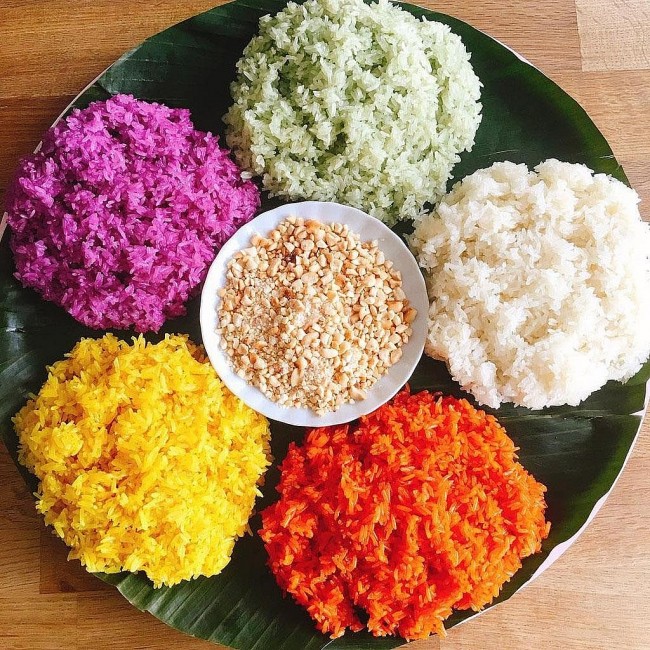
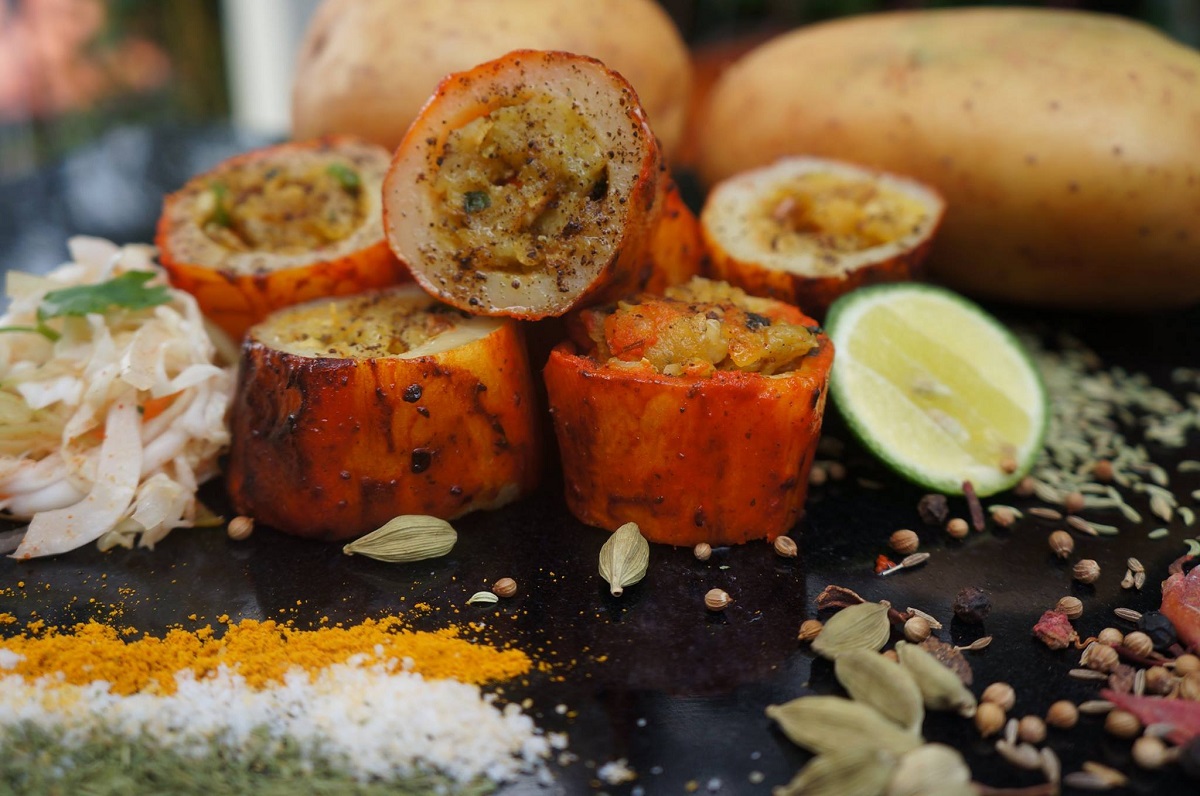
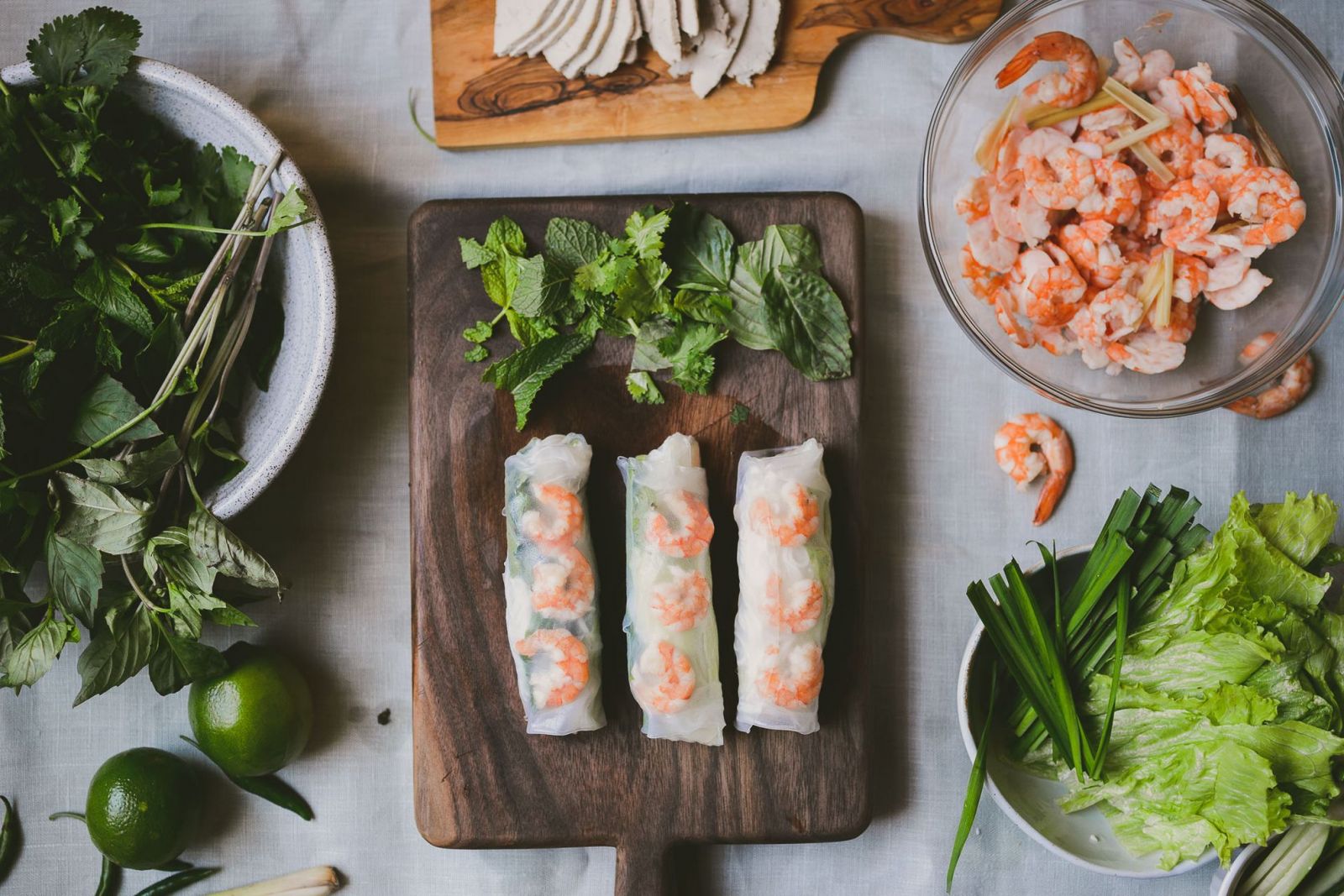
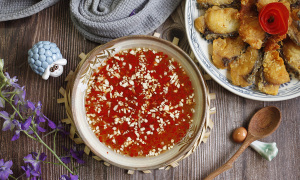
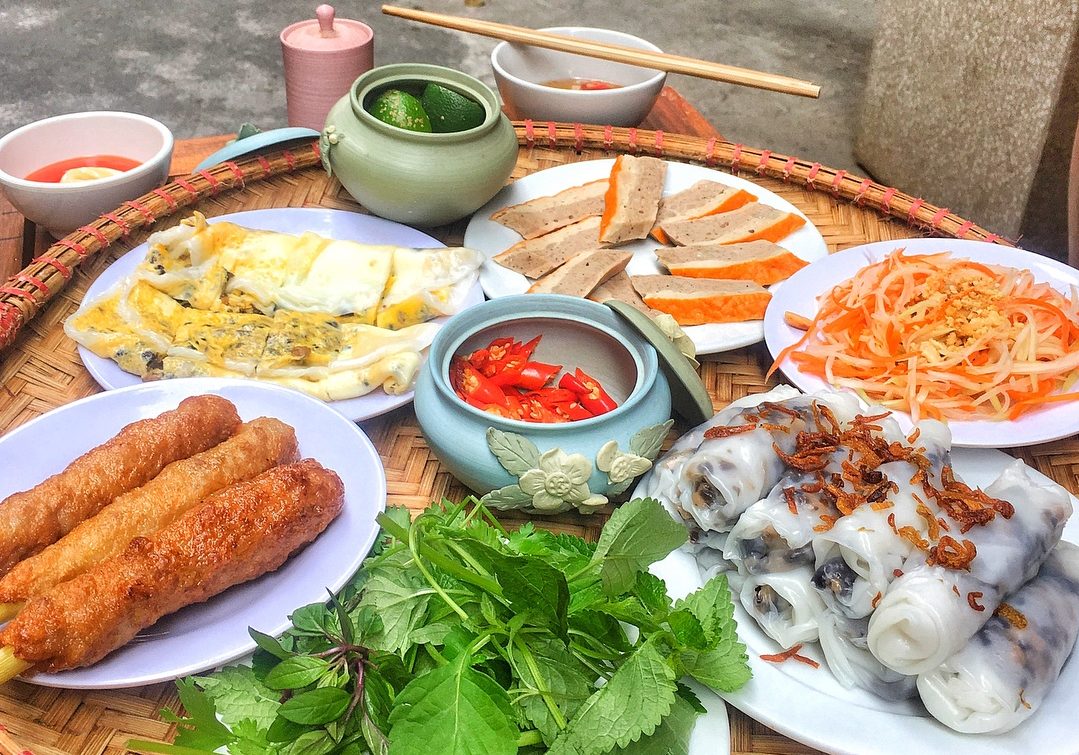
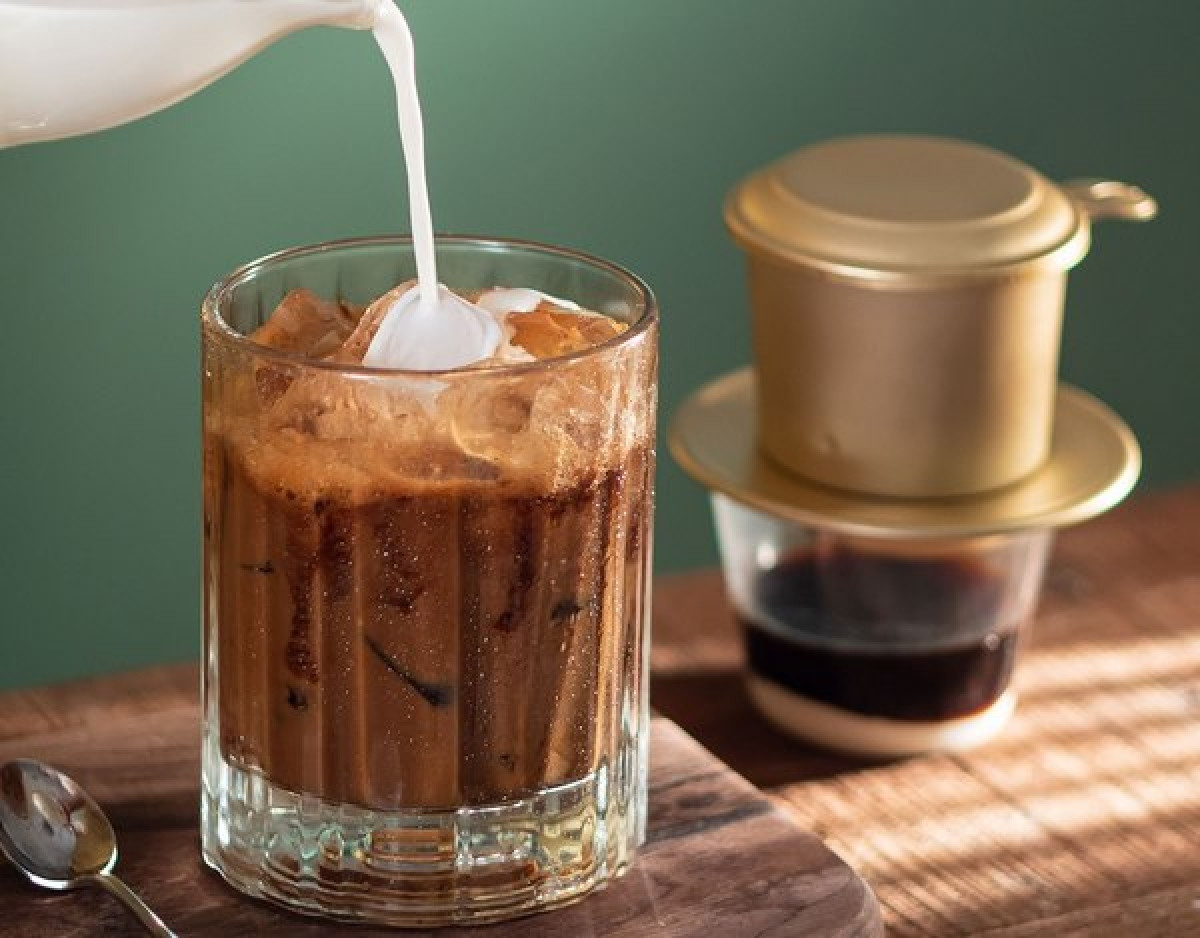
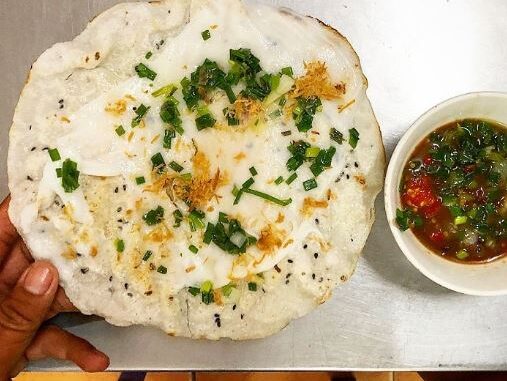
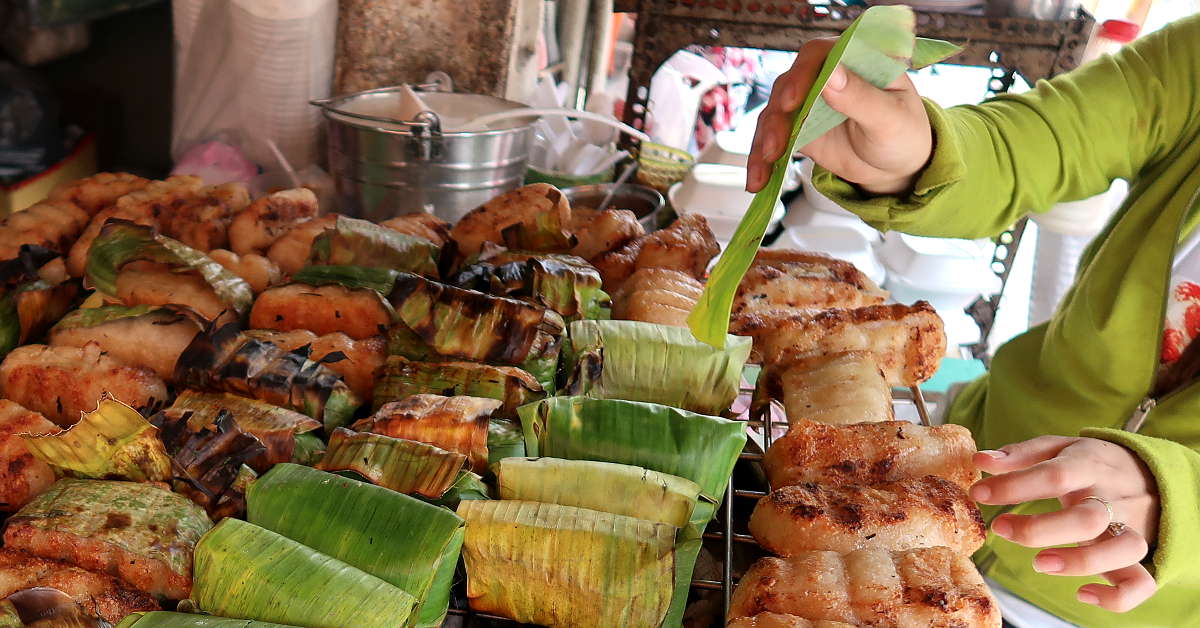
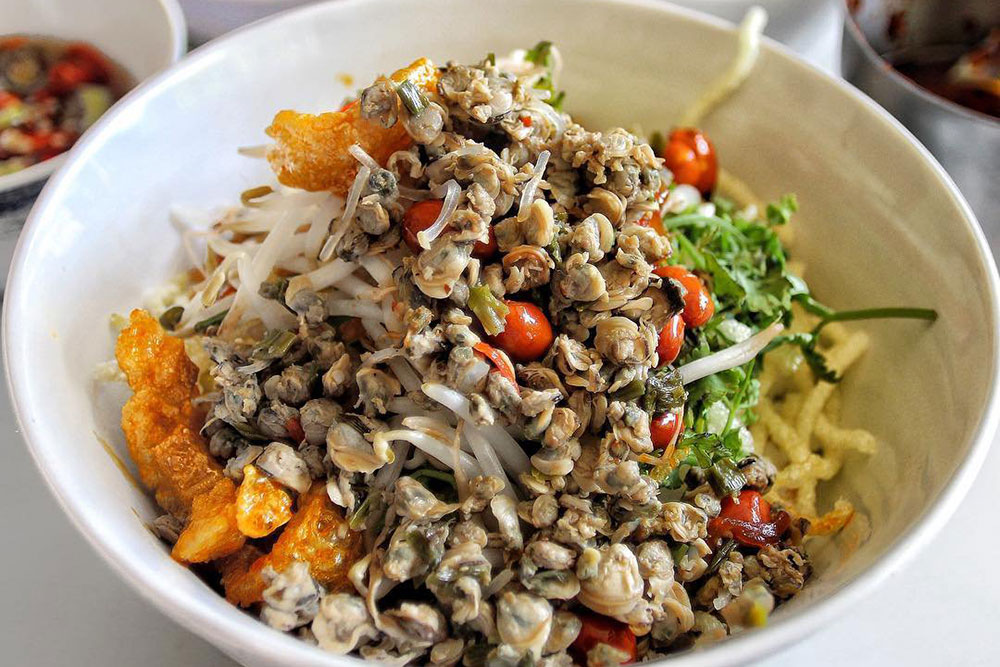

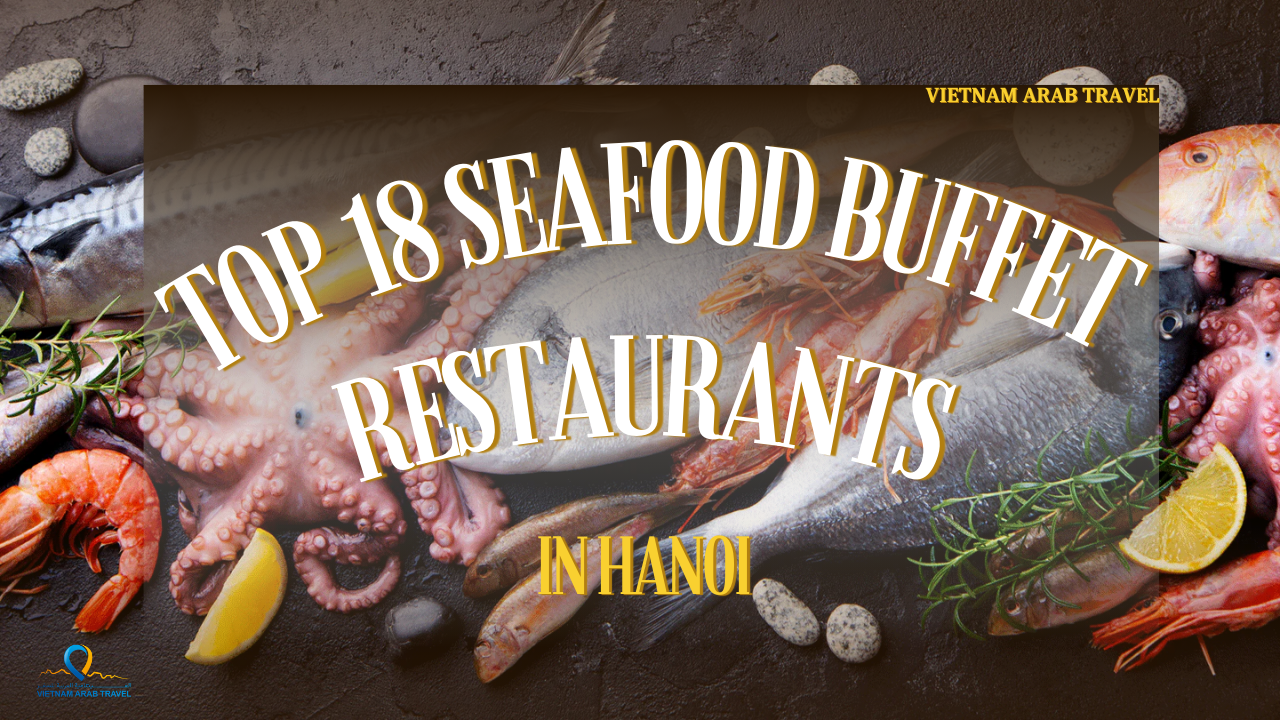
.png)
